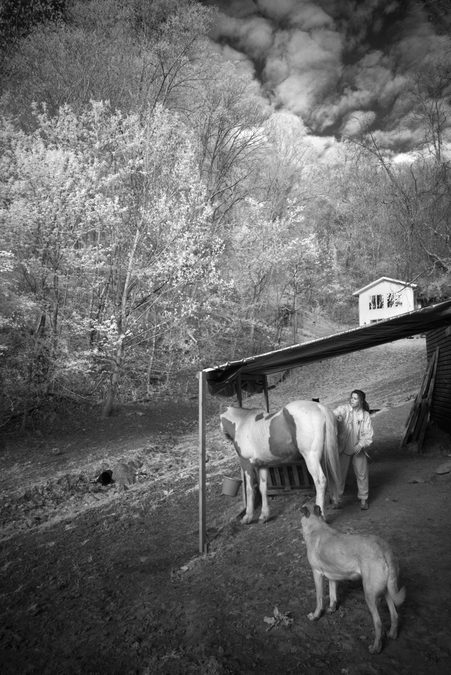Sanders McNew
Rolleiflex User
My first digital was an A7ii -- I got it so I could mount old Leica lenses onto a full-frame mirrorless body. I've since invested in a second body, the original A7, that's been converted for infrared photography.
In film, I mostly shot Rolleiflexes, and didn't worry about lenses. But I've been shooting a lot of infrared landscapes through a 25/4 Voigtlander Snapshot Skopar and I love it! Now I want something a bit wider.
I hate big automatic lenses. I don't want the camera burning battery life making adjustments it thinks I should make on my own. As I go down this rabbit hole, it dawns on me that I don't have to stick with LTM-mount lenses -- any lens will do with the right converter.
This all leaves me with a profound sense of anomie -- so many lenses, so little time. I've lost too many hours already surfing eBay and gear reviews. So I turn, now, to the Brain Trust. (That would be you.)
It wants to be manual. It wants to be small. It wants to be inexpensive. I am thinking, for starters: (1) 20/4.5 Takumar. (2) 20/2.8 Flektogon. (3) 20/4 Nikkor (non-AI). (4) 20/3.5 Voigtlander Skopar.
Which, if any, of these do you like?
If not these, then which am I missing?
Dare I go wider than 20mm for landscapes? Hit me with your suggestions. I am extremely grateful for your thoughts.
Sanders
In film, I mostly shot Rolleiflexes, and didn't worry about lenses. But I've been shooting a lot of infrared landscapes through a 25/4 Voigtlander Snapshot Skopar and I love it! Now I want something a bit wider.
I hate big automatic lenses. I don't want the camera burning battery life making adjustments it thinks I should make on my own. As I go down this rabbit hole, it dawns on me that I don't have to stick with LTM-mount lenses -- any lens will do with the right converter.
This all leaves me with a profound sense of anomie -- so many lenses, so little time. I've lost too many hours already surfing eBay and gear reviews. So I turn, now, to the Brain Trust. (That would be you.)
It wants to be manual. It wants to be small. It wants to be inexpensive. I am thinking, for starters: (1) 20/4.5 Takumar. (2) 20/2.8 Flektogon. (3) 20/4 Nikkor (non-AI). (4) 20/3.5 Voigtlander Skopar.
Which, if any, of these do you like?
If not these, then which am I missing?
Dare I go wider than 20mm for landscapes? Hit me with your suggestions. I am extremely grateful for your thoughts.
Sanders













